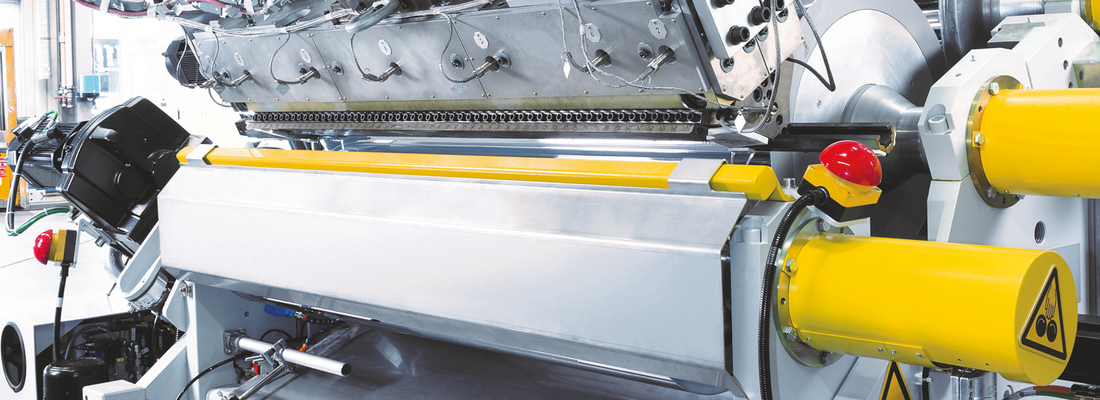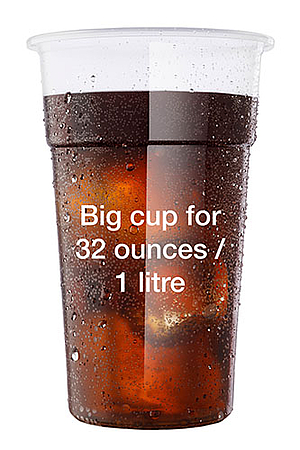“If a glass-like quality is required for thermoforming APET sheet in the range from 1,200 to 2,000 microns, manufacturing becomes relatively demanding. Process knowledge is a basic prerequisite for a successful production,” Rupert Becker, Product Manager at SML, comments.
Choosing the right raw materials: IV value over 0.78 g/dl
'A highly viscous melt is essential for the production of crystal-clear, extra-thick APET sheet. Using raw materials with an IV value higher than 0.78 g/dl, in combination with pre-drying and single screw extrusion, guarantees minimum IV loss for the melt throughout the production process as a whole.
Calendering on slanted roll stacks
A slanted roll stack allows the highly viscous melt to stabilise before entering the nip, where the sheet thickness is determined. Disturbances or interruptions with regard to the melt bead can be largely excluded. This contributes enormously towards the formation of highly transparent APET sheet, the optical quality of which is comparable with PC or PMMA sheet, that are usually also manufactured on slanted roll stacks.








